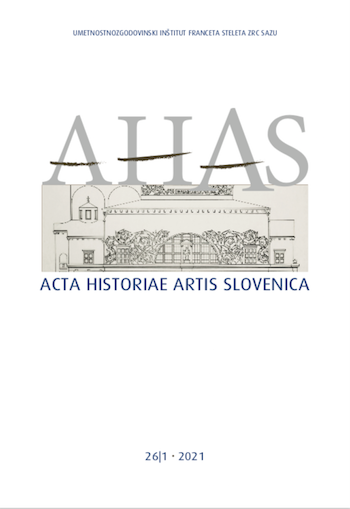Kaunas – a Baltic Garden City?
DOI:
https://doi.org/10.3986/ahas.26.1.07Keywords:
garden city, green suburbs, modernism, interwar Europe, LithuaniaAbstract
From 1919 to 1939, when Kaunas assumed the status of the provisional capital of Lithuania, the architectural character of its urban environment was forged by the processes that were characteristic of that period – modernization and progress. In the 1920s housing was in severely short supply in the rapidly growing capital, so residential buildings were a significant part of construction activity and of the city’s modernization programme throughout the interwar period. Among the documents influencing the concept of living environment was a new master plan for Kaunas developed in 1923 by Danish engineer and urban planner Marius Frandsen and Lithuanian architect Antanas Jokimas. The project pro- posed dividing the city into different functional zones. One of these areas, residential Žaliakalnis, testifies to the fact that the experimental thoughts of Ebenezer Howard’s garden city were among the most important urban inspirations behind it. Through the lens of the historical sources, the article examines how Lithuanians attempted to adopt this idea. Comparing the theoretical aspirations and the practical applications of the garden city experiment, the article argues that Kaunas is among the cities where the universal concept of green suburbs found fertile ground.
Downloads
Downloads
Published
How to Cite
Issue
Section
License
Copyright (c) 2021 ZRC SAZU in avtorji

This work is licensed under a Creative Commons Attribution-NonCommercial-NoDerivatives 4.0 International License.
Authors guarantee that the work is their own original creation and does not infringe any statutory or common-law copyright or any proprietary right of any third party. In case of claims by third parties, authors commit their self to defend the interests of the publisher, and shall cover any potential costs.
More in: Submission chapter




